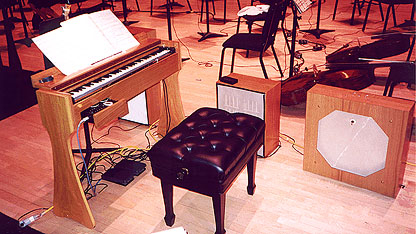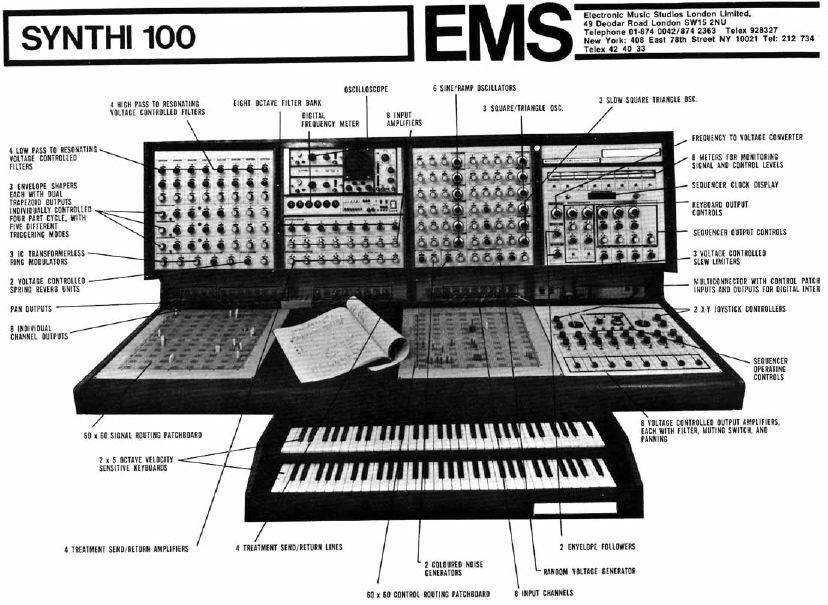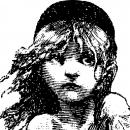Alguien escribió:Sobre gustos ya se sabe.
Yo he probado esos, los 1081 y los API y me quedo con todos.
Doy fe
 Baneado
Baneado 


Las ondas de Martenot es un instrumento electrónico inventado en 1928 por el compositor, ingeniero y cellista francés Maurice Martenot.
El instrumento está formado por un teclado, un altavoz y un generador de baja frecuencia. Las ondas Martenot es un instrumento monofónico, es decir que no produce notas simultáneas. Cuando se presiona una tecla sólo puede producirse un único sonido.
Maurice Martenot ofreció la primera demostración de las Ondas Martenot en el Conservatorio de París el 20 de abril de 1928 con una obra de Dmitrios Levidis.
Las ondas Martenot fueron usadas por muchos compositores, entre ellos Olivier Messiaen, que las incluye en Turangalîla-Symphonie, en Trois Petites Liturgies de la Présence Divine y en su ópera Saint-François d'Assise. Otros compositores que han escrito para este instrumento son Pierre Boulez, Edgar Varèse, Darius Milhaud, Arthur Honegger, Maurice Jarre y André Jolivet. Bohuslav Martinů autorizó la adaptación de su "Fantasie" para ondas Martenot cuando concluyó que era difícil interpretarla en el theremin, para el cual había sido originalmente escrita. Bryan Ferry usa este instrumento en el álbum As Time Goes By; Jonny Greenwood de Radiohead también usa este instrumento en varias canciones como "The National Anthem".
El instrumento también fue usado con frecuencia en bandas de sonido de, como en las películas Los Diez Mandamientos (1956) en la secuencia de las plagas, Lawrence de Arabia (1962), Billion Dollar Brain (1967), Amélie (2001), y Bodysong (2003).



The EMS Synthi 100 was a large analogue synthesizer made by Electronic Music Studios (London) Ltd. It was released in 1974 and cost $25,000. Around 30 units (29, according to some sources) were built during the 1970s and 1980s.
The Synthi 100 was developed from a combination of three VCS-3 Systems, ending up with 12 VCOs, two keyboards (each of it duophonic, making it possible to play 4 voices simultaneously), and a 3-track 256-step monophonic digital sequencer. Two 64 x 64 patchbays were used to connect the different modules. The keyboard spread could/had to be adjusted, making it difficult to play a tuned temperated scale for a longer time, but allow for alternative tunings easily.
The sound of the Synthi-100 was subtly distinct from the VCS-3. Both filters and oscillators were much more stable in the Synthi-100. The instrument, however, was very sensitive to temperature changes, so it required repeated re-tuning.
The Synthi 100 also had an add-on computer interface known as "Computer Synthi" which contained a PDP-8 Minicomputer and 4Kb of Random Access Memory. It featured an LED display, twin digital cassettes, Two 24 x 60 matrix patchboards, and a switch button control panel. Three were built.
Also the Vocoder 5000 (Studio Vocoder) was available as a separate module installed into the Synthi 100. It contained a 22 band filter, 22 x 22 matrix patchboard, Mic/Line Inputs, 2 Oscillators and Noise sources, Frequency Shifter, Pitch to Voltage Extractor, and a Spectrum display driver.

fourier escribió:Alguien escribió:Neve 1073. Uno de los mejores bichos que se han hecho. Su cotización sube día a día.
Ostia Carlos, lo mismo es que soy marica ... pero probe en el estudio de miserable esos Neve y me gustaron mucho mas los Api



Regístrate o identifícate para poder postear en este hilo